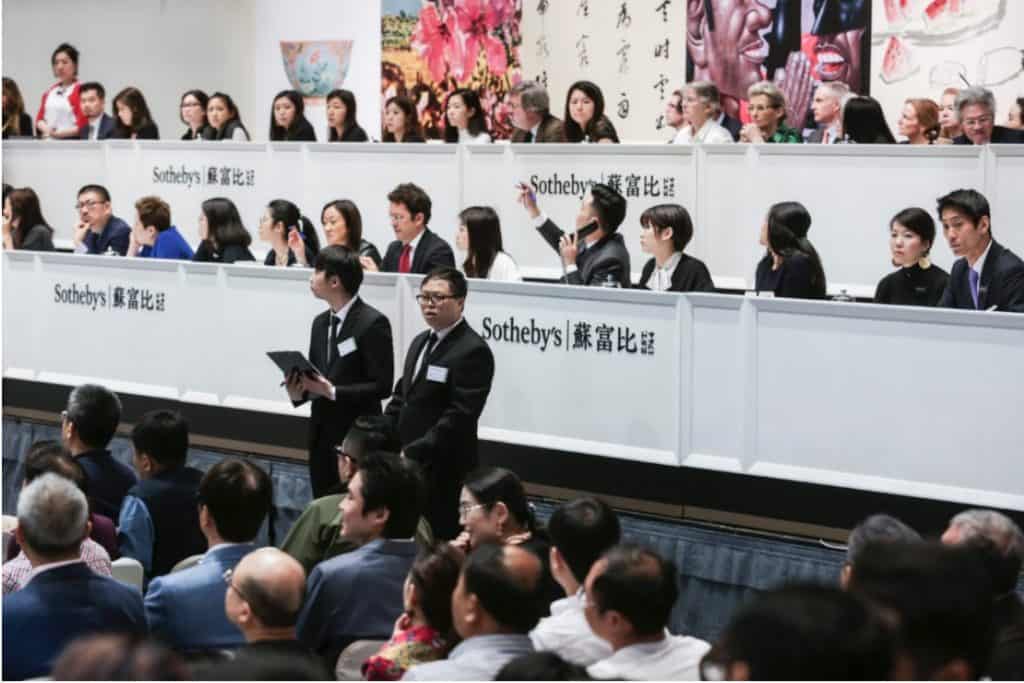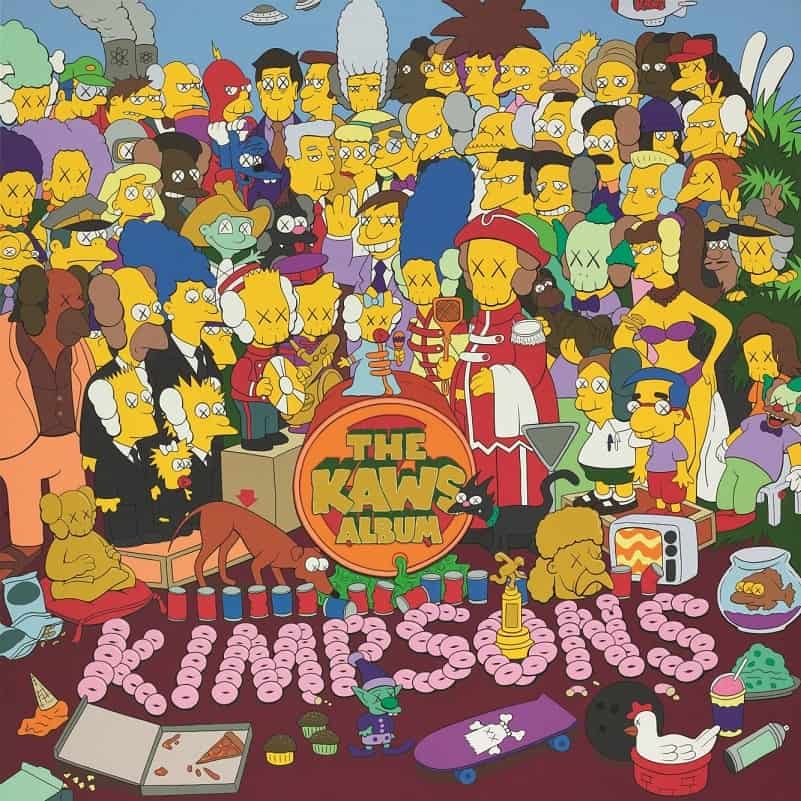Articles and Features
Trends that Shaped the Art World of Today

“The last ten years have been characterized by some of the biggest changes Art has ever seen — and in the shortest time frame.”


by Sylvain Levy
Sylvain Levy is a collector and, along with his wife Dominique, is one of the principals of the dslcollection, a major collection of Chinese contemporary art. Founded in 2005, the dslcollection promotes the discovery and study of Chinese contemporary artistic production. It embraces innovative technologies in order to foster greater visibility and to provide the means to share the experience of contemporary culture. Openness, the nomadic and sharing are core concepts of the dslcollection.
Today I have decided to look back at some of the events that have impacted the art world the most over the last ten years and to try to discern some trends for the future.
China
Naturally I shall begin with China. It has risen as a global power in the arts.
The surge in art collecting by mainland Chinese was first noted in 2011, and now that China has eclipsed the United States in its number of billionaires, the trend will surely continue upward, especially as younger collectors begin to take on the art world.
Art and Tech
A game changer was Instagram. When it was launched in 2010, it gave artists a powerful new marketing tool. It also had an unexpected effect on the art world. Instagrammable art hotspots began cropping up in dizzying numbers. Instagram changed the act of engaging with art, too. These experiences serve as tinder for virality and the potential for massive exposure is a strong motivator for many creatives around the world, as well as potential financiers for the immersive experiences. For example, the frozen dessert-themed Museum of Ice Cream received a whopping valuation of $200 million this year.
Art will be more and more impacted in the future by technologies like AI, VR, blockchain and 3D printings. Virtual reality and 3D videography are helping democratize the art scene.
These past years racial and gender equity became a rallying cry for art policy and philanthropy.
The past ten years have produced a flurry of diversity, equity and inclusion initiatives in the arts, the greatness of black visual culture, past and present, mainstream and outsider, was repeatedly asserted during the 2010s. It brought artists like Mark Bradford, Julie Mehretu, Kara Walker and Kerry James Marshall to the fore. A certain number of museums in the world will equilibrate their collections using these new criteria.
The art world is over, welcome to the art industry.
The number—and size (!) of museums, galleries, art fairs, and art schools around the world has grown dramatically, and it feels safe to say that more art was made in the past 10 years than at any other time in the history of humanity. This industry is mainly controlled by five super-galleries and a very few number of collectors.
Another important shift is the rise of a new generation: The millennials
More than $15 trillion in assets is expected to be passed to younger generations in the next decade, including a lot of art. “Illiquid assets” like real estate and investments of passion — including art — make up more than $1.9 trillion of the total, according to Wealth-X. Will today’s wealthy 30-somethings and 40-somethings develop a passion for buying art that will maintain its price? Digitally minded millennials’ widely observed preference for experiences rather than possessions might suggest otherwise.

But the more important change is that the art market has achieved new heights
It has become today one of the most important validation metric of success for artists.
It reached a pitch in 2017, with the $450 million sale of the Salvator Mundi painting attributed to Leonardo da Vinci, making it the world’s most expensive painting. Another illustration of the changes in the art world is KAWS (real name Brian Donnelly), who sold a painting for HK$116 million (US$14.8 million) at Sotheby’s in Hong Kong
My final thoughts
The last ten years have been characterized by some of the biggest changes Art has ever seen — and in the shortest time frame. We live in accelerated times, and the speed of change will only continue to accelerate.
Millennials and the experience economy will require a completely different approach than most art players were traditionally excellent at. It requires a much more holistic approach where the public is placed in the center of all strategies.